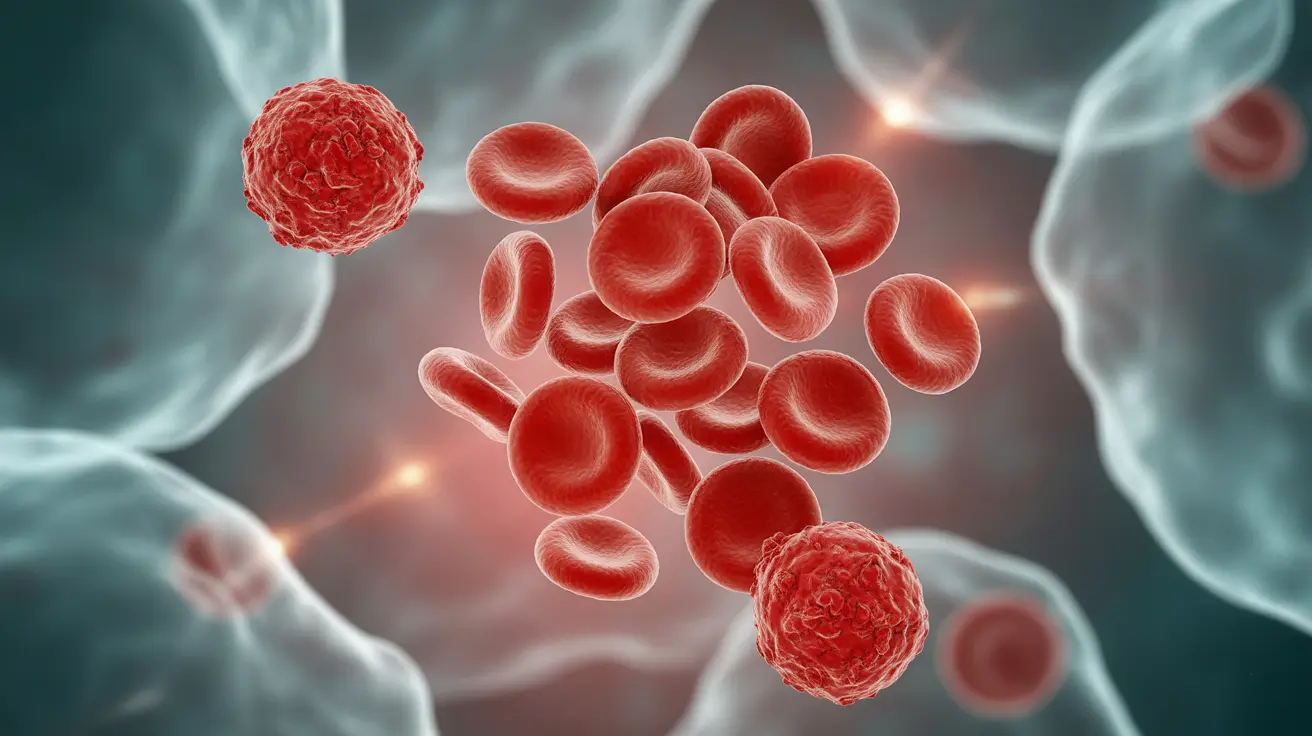Hereditary spherocytosis is a genetic blood disorder that affects the red blood cells, causing them to become sphere-shaped instead of their normal disc-like appearance. This inherited condition primarily impacts the cell membrane, leading to premature destruction of red blood cells and potential complications if left unmanaged. Understanding this condition is crucial for both patients and healthcare providers to ensure proper treatment and management.
What Causes Hereditary Spherocytosis?
This genetic condition results from mutations in genes that code for proteins essential to the red blood cell membrane structure. These mutations can be inherited from parents or occur spontaneously. The abnormal proteins lead to unstable cell membranes, causing red blood cells to lose their characteristic shape and become spherical.
Common Symptoms and Signs
The severity of symptoms can vary significantly among individuals, ranging from mild to severe cases. Common manifestations include:
- Fatigue and weakness
- Pale skin (pallor)
- Jaundice (yellowing of skin and eyes)
- Shortness of breath
- Rapid heart rate
- Abdominal discomfort
- Dark urine
Symptoms in Children
Children with hereditary spherocytosis may experience additional symptoms, including:
- Delayed growth and development
- Irritability
- Poor feeding
- Enlarged spleen
- Increased susceptibility to infections
Diagnosis Process
Healthcare providers use several methods to diagnose hereditary spherocytosis accurately. The initial evaluation typically includes:
- Complete blood count (CBC)
- Peripheral blood smear
- Osmotic fragility test
- Eosin-5'-maleimide (EMA) binding test
While genetic testing is available, it's not always necessary for diagnosis. The combination of clinical symptoms, family history, and laboratory tests often provides sufficient information for an accurate diagnosis.
Treatment Approaches
Treatment strategies are tailored to the severity of the condition and individual patient needs. Common interventions include:
Medical Management
- Folic acid supplementation
- Regular monitoring of hemoglobin levels
- Iron supplementation when needed
- Prevention and treatment of infections
Surgical Options
Splenectomy (surgical removal of the spleen) may be recommended for patients with severe symptoms or complications. This procedure is typically considered when:
- Severe anemia persists
- Growth is significantly affected
- Quality of life is substantially impaired
- Complications such as gallstones develop
Living with Hereditary Spherocytosis
While hereditary spherocytosis cannot be cured, many people with the condition lead full, active lives with proper management. Lifestyle modifications and regular medical monitoring play crucial roles in maintaining health and preventing complications.
Frequently Asked Questions
What are the most common symptoms of hereditary spherocytosis in adults and children?
The most common symptoms include fatigue, jaundice, pale skin, and shortness of breath. Children may additionally experience growth delays, irritability, and poor feeding. The severity of symptoms can vary significantly between individuals.
How is hereditary spherocytosis diagnosed, and are genetic tests always needed?
Diagnosis typically involves blood tests, including complete blood count, peripheral blood smear, and specialized tests like the osmotic fragility test. Genetic tests aren't always necessary for diagnosis, as clinical symptoms and standard laboratory tests often provide sufficient evidence.
What treatment options are available for hereditary spherocytosis, and when is surgery recommended?
Treatment options include folic acid supplementation, regular monitoring, and possible splenectomy. Surgery is typically recommended for severe cases with persistent anemia, growth problems, or complications like gallstones.
Can hereditary spherocytosis be cured, and what is the long-term outlook for someone with this condition?
While there's no cure for hereditary spherocytosis, the long-term outlook is generally positive with proper management. Most people can lead normal lives with appropriate medical care and monitoring.
Are there any dietary supplements or lifestyle changes that help manage hereditary spherocytosis?
Folic acid supplementation is crucial for managing the condition. Maintaining a healthy diet, staying hydrated, and avoiding extreme physical stress can help. Regular medical check-ups and following prescribed treatment plans are essential for optimal management.




